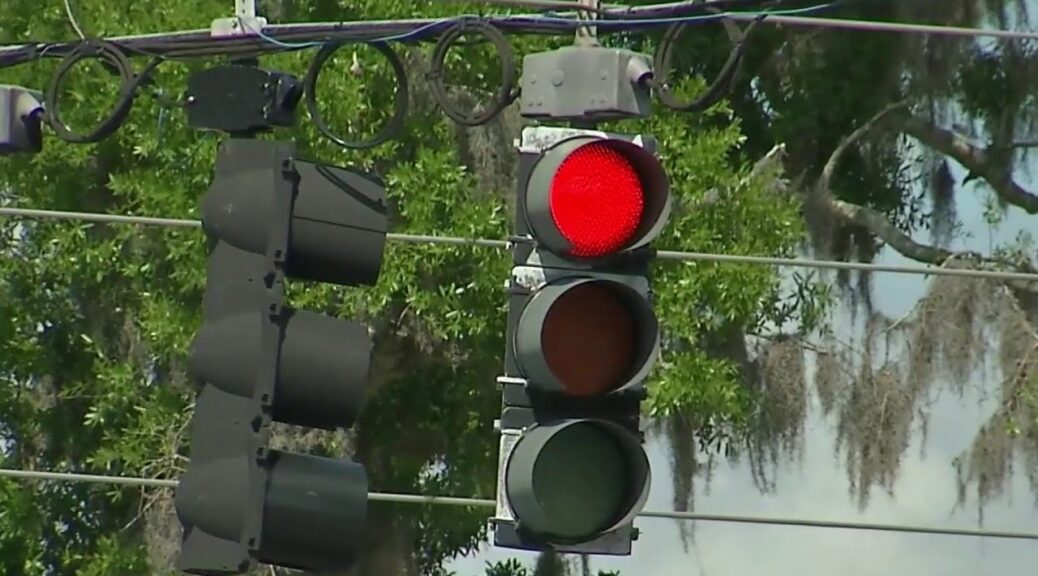As the warm weather and clear skies arrive, it’s time to mark our calendars for a significant event dedicated to road safety: National Work Zone Awareness Week, taking place from April 15-19. This week serves as a vital reminder for everyone, especially teens, new drivers, and their parents, about the critical importance of driving safely in work zones. Learn safe and defensive driving from safe driver course in Florida.
The Importance of Work Zone Safety
Florida’s roads are constantly evolving with improvements, making work zones a common sight. While these areas signify progress and development, they also present unique challenges and hazards for drivers. Each year, numerous crashes occur in work zones, resulting in preventable injuries and fatalities. As responsible drivers, we must ensure that we contribute to the solution rather than becoming part of the problem.
Staying Alert and Vigilant
Work zones can emerge unexpectedly, with layouts that change daily. It is essential to remain vigilant and keep your eyes on the road. Look out for signs and be prepared for sudden shifts in traffic patterns. Distractions, even momentary, can have severe consequences in these areas. Staying alert is the first step towards ensuring safety in work zones. Learn the same approach from Florida driving classes and keep practicing.
The Necessity of Slowing Down
Speed limits in work zones are not arbitrary; they are there to protect both drivers and road workers. Even if workers are not visibly present, it is crucial to adhere to the posted speed limits. Reducing your speed allows for better reaction times to unexpected changes and obstacles, thereby reducing the likelihood of accidents.
Maintaining a Safe Distance
Tailgating is dangerous under any circumstances, but it is particularly hazardous in work zones where sudden stops are common. Maintaining a safe distance from the vehicle ahead gives you ample time to react to abrupt changes in traffic flow. This simple practice can prevent rear-end collisions, which are frequent in work zones.
Planning for Delays
Work zones often cause delays and slow down traffic. Planning your trips with extra time in mind can help you avoid the stress and risky behaviors associated with rushing. Accepting the possibility of delays allows you to remain calm and focused, which is essential for safe driving in these challenging areas. Take a 3rd party driving test to determine your patience and disciplined driving during rush hours.
Following Instructions and Signals
Signs, signals, and flaggers are present in work zones to guide traffic safely through the area. Paying close attention to these instructions and following them precisely ensures that traffic moves smoothly and safely. Flaggers, in particular, play a critical role in managing traffic flow, and their directions should always be respected.
Exercising Patience
Patience is a virtue, especially in work zones where everyone is navigating the same obstacles. Frustration can lead to reckless driving behaviors, increasing the risk of collisions. By remaining patient and courteous, you contribute to a safer environment for all road users.
Educating Teen Drivers
Parents have a pivotal role in shaping their teen’s driving habits. Discussing the importance of work zone safety and sharing personal experiences can be incredibly beneficial. Encouraging open conversations about the challenges teens face and strategies for staying safe can foster a better understanding and respect for work zone safety. Consider practicing driving in work zones together, offering guidance and support to build confidence and competence. Make sure to learn the basics first, from a traffic school in Florida.
A Collective Responsibility
National Work Zone Awareness Week serves as a timely reminder for all of us, particularly teens and new drivers, to prioritize safety in work zones. By adopting safe driving practices, we protect ourselves and contribute to the safety of our fellow drivers and the diligent workers improving our roadways. Let’s commit to being attentive and cautious drivers, not only during this awareness week but every time we are on the road. Together, we can make our roads safer for everyone.










